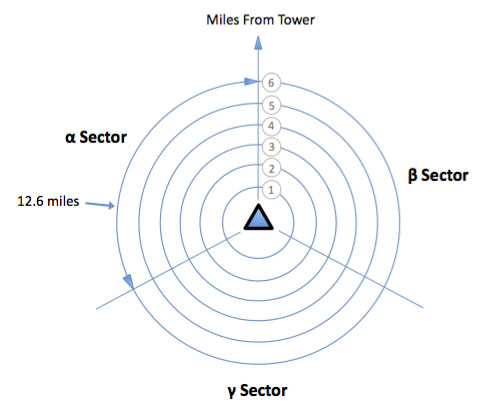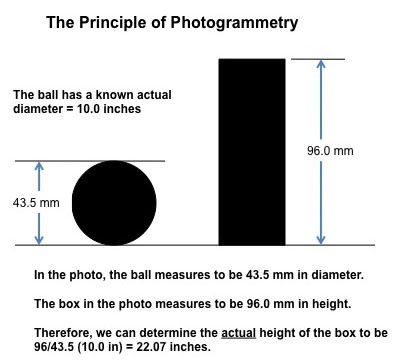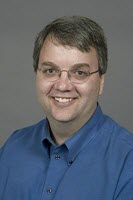The Arizona Justice Project has great news to share about a win in a shaken baby case. Last week, Drayton Witt walked out of jail after the State agreed to vacate his conviction. He was convicted back in 2002 of second-degree murder after being accused of shaking Steven, his son who was only 4 months 28 days old, to death.
Steven Witt was born a “blue baby” with the umbilical cord wrapped tightly around his neck, had aspirated meconium (fecal matter), and was in respiratory distress. Steven suffered medical problems almost every day of his short life and was in and out of doctors’ offices and hospitals. After being prescribed medicine (Cefzil), Steven began to suffer from seizures. After the first seizure, Steven was taken to the hospital and spent 6 days in care of doctors. On June 1, 2000, Steven suffered a catastrophic seizure, which led to his death.
The State charged Drayton Witt with second degree murder. The State’s witnesses relied on the SBS triad – subdural hematoma, retinal hemorrhages, and cerebral edema to conclude that the baby must have been shaken by his father, the only adult with him at the time. No cuts, no bruises, no grip marks, no fractures, no dislocations, nor spinal cord injuries – but the doctors at the children’s hospital in 2000 believed the “triad” of injuries meant an SBS homicide.
The Justice Project began working on this case in 2008 under the leadership of Carrie Sperling. Five different experts in somewhat different fields reviewed the case and wrote their conclusions:
Dr. A. Norman Guthkelch, famed British pediatric neurosurgeon who authored the seminal paper on SBS and neurological injury acknowledged that aspects of SBS are now “open to serious doubt” and that a diagnosis of SBS as cause of death in Witt’s case was “inappropriate”.
Dr. Patrick Barnes, chief of pediatric neurology at Stanford, believed Steven Witt did not die of SBS but rather the medical records suggest a “classic picture of venous thrombosis” with no indicators of non-accidental trauma.
Dr. Horace Gardner (an ophthalmologist), Dr. John Lloyd (a biomechanics expert), Dr. Waney Squier (pediatric neuropathologist) and Dr. John Plunkett (forensic pathologist), all noted no evidence of the child being shaken to death, and – like Dr. Barnes – believed the child died of natural causes – most likely venous thrombosis, a condition the doctors at the Children’s Hospital in 2000 never even considered.
Perhaps most notably, the medical examiner at the time of Steven’s autopsy in 2000, re-examined the case and swore an affidavit stating:
“Based on my review of these materials from an expansive body of post-2000
SBS literature, as well as the significant developments in the medical and
scientific community’s understanding of SBS and several of the conditions
that mimic its symptoms, I have determined that I cannot stand by my
previous conclusion and trial testimony that Steven Witt’s death was a
homicide. Steven had a complicated medical history, including unexplained
neurological problems. He had no outward signs of abuse. If I were to
testify today, I would state that I believe Steven’s death was likely the result
of a natural disease process, not SBS. It is my hope that the court will see fit to
revisit Drayton Witt’s conviction.”
Although the State is still considering a re-trial, our hearing last Wednesday – regarding Drayton’s conditions of release – was promising. After hearing compelling testimony from Drayton and his wife (Steven’s mother), the judge released Drayton without bond and without conditions. We know that the battle is not over yet. The State has until August to decide whether to try Drayton again. We are encouraged, however, by this turn of events, and we hope this case is part of a growing trend.
A HUGE thank you to the phenomenal (pro bono) legal team – Carrie Sperling, Randy Papetti, Christina Rubalcava, and Erin Ronstadt.








































